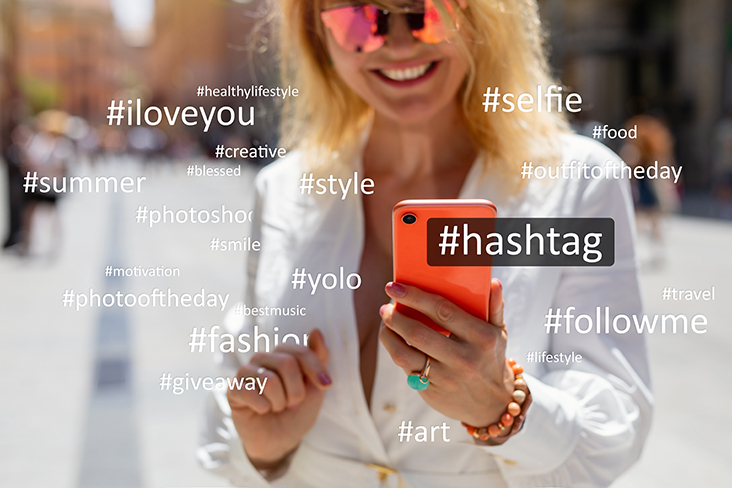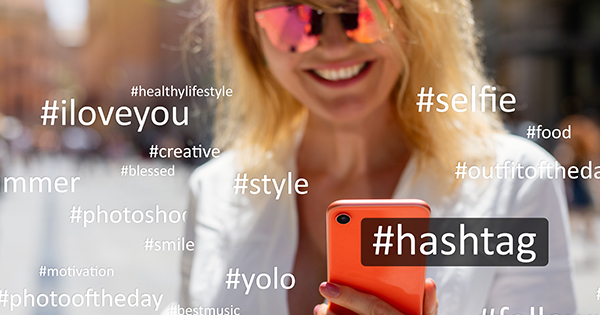
The recipe for Instagram is regularly being tested and tweaked. Instagram’s algorithm perpetually changes, making it relatively challenging to reach your target audience. Hashtags were introduced in 2010, categorizing posts and giving people near and far access to other users and their shared interests. Hashtags make navigating interests on Instagram easy and sorted by most popular and most recent, so you can count on hashtags no matter how often the algorithm changes.
Since the inception of hashtags, there’s been debate over how many users should consider including and how relevant they should be. Some users may try to take it up a notch and expand their reach by incorporating very generalized hashtags.
Everyone has a different take on hashtag decorum, depending on who you ask. If you have built a considerable following early on over the years, then you might find that you have a loyal audience and no real need to include hashtags. In contrast, other users feel they can still grow their audience by actively hashtagging, tagging, and posting.
There truly is no right or wrong way to go about it. It all boils down to how you want to be perceived and what you wish to get from the platform. In the following post, the user included multiple hashtags, and the post garnered thousands of views.
Attribution: @ayoubhairstudio
How Many Hashtags Should You Use
Keeping your hashtag relevant to your post is the obvious and most essential thing. A hairstylist who wants to promote that they specialize in bridal hair, for instance, might post a picture of their client’s hair with the hashtag #bridalhair. It’s a straightforward hashtag that’s not too descript, so there’s an increased chance of someone finding it, especially if the user has a lot of followers and likes, generally speaking.
In the following post, the user keeps the hashtags relevant to the hairstyle and bridal theme.
Attribution: @imacoiffure_makeupartist
The hashtag #bridalhair currently has 6 million posts. If the user made the hashtag more descript, like #bridalhairstyle, the hashtag only has 1.4 million posts compared to the hashtag mentioned above with 6 million. Suppose the user included an even more descript hashtag, like #bridalhairstyling; this hashtag has a meager 118k posts compared to the hashtag giants like #bridalhair and #bridalhairstyle.
In this post, the hairstylists indicate via hashtags that the hair is a bridal theme, and they are also located in Chicago.
Attribution: @topknotbridal
While some users might grapple over using all three hashtags (or more than a few hashtags), others will include all the possible options without hesitation. People who prefer to use minimal hashtags might weigh their options. While the hashtag with the most extensive reach seems like an obvious choice, some users might choose a hashtag with fewer posts, so they’re not competing with a sea of similar content. Some users include a line of hashtags and hide them in their comments.
The Quality and Relevance of a Hashtag
We’ve seen trending and political hashtags come and go, and we’ve also witnessed how effective they were and indeed still are. When you’re producing hashtags, it’s a good idea that they relate to the content.
Combining timely hashtags will help give you more exposure. Remember the #10yearchallenge? It was an interesting trend that a surprising number of people participated in. Many beauty professionals took the opportunity to show their #glowup in the 10-year comparison. Customize your hashtags to your personal brand, location, and craft, and see how far your reach goes.
Test out different ways to phrase your words within the hashtags and see what populates and how many posts that hashtag is associated with. See what works for you. You may build meaningful connections. Happy hashtagging!
Curious about learning more about marketing your brand? Visit the Ogle School Business of Beauty page.



